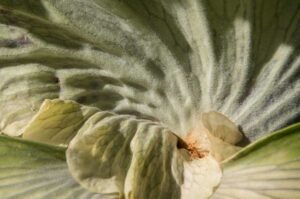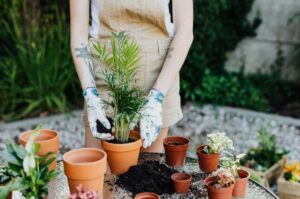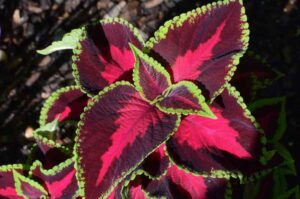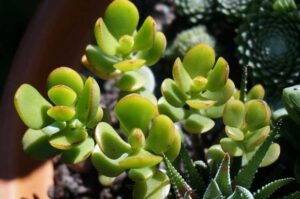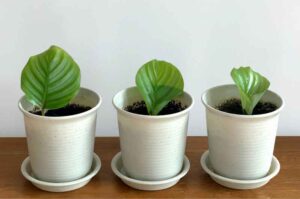Why Is My Coleus Dropping Leaves? (Causes And Solutions)
One of the most commonly grown colorful plants which are known for its beautiful leaves and stunning foliage, that you will see in the garden or indoors of almost every plant enthusiast is the Coleus plant (Plectranthus scutellarioides).
Although they are very easy to grow and maintain, sometimes they drop their leaves weirdly due to various reasons, which we are going to discuss in this article.
A Coleus plant drops its leaves when it is overwatered or underwatered or exposed to cold temperatures. Other reasons include sudden changes in temperature and humidity, too much or too little humid environment.
Another indirect factor of falling Coleus leaves might be when your plant is dying. A lot of reasons can contribute to the death of your Coleus including rotting roots, wrong potting mix, overgrown plants becoming root bound, physical injury, pests and infections, and so on.
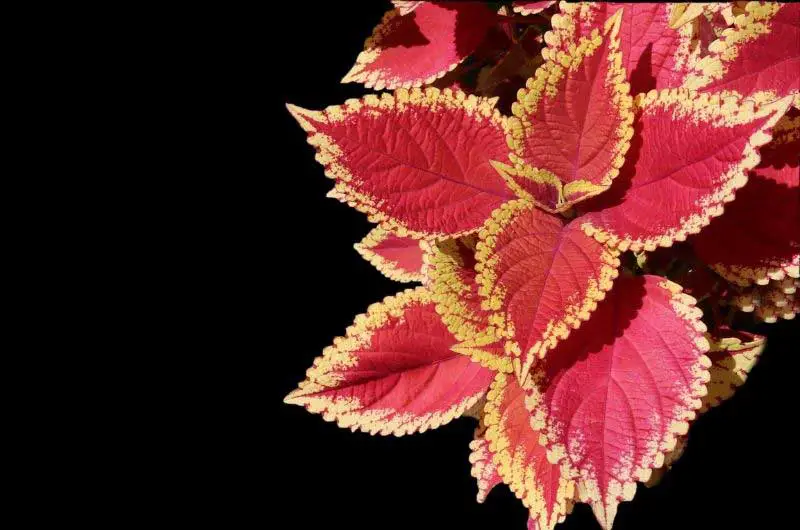
A Coleus plant will perfectly suit any corner of your garden, office, house, etc. However, some conditions might lead the plant to drop its leaves vigorously, ruining its beauty and often killing the plant. In this article, let us discuss why your Coleus leaves are falling off.
Why are my Coleus dropping its leaves?
These might be the potential reasons why your Coleus leaves are falling off.
1. Overwatered Coleus often drops its leaves
Overwatering your Coleus plant is one of the leading reasons for the leaves to fall off. Here is a list of other problems your Coleus might bear if you keep overwatering the plant:
- Waterlogging
- Yellowing leaves
- Falling leaves
- Rotten roots
- Browning
- Infections like Downey Mildew
- Holes in leaves due to stagnation of water
- A sick and weak plant
If you water the soil without proper drainage, waterlogging will occur resulting in the growth of pathogenic infections in roots. This leads to rotten stems and roots, making the plant weak. This will result in the leaves dropping and ultimately killing the plant.
Introducing the optimum watering conditions for your Coleus might prevent the leaves from shedding.
Coleus grows best under indirect light to partial shade. The soil of Coleus does not need a lot of sunlight as the plant requires shade.
Overwatering will cause the water to get trapped inside the pot unable to get drained. This stagnation of water over a long period of time leads to the development of bacteria, fungi, molds, etc, causing the stem and the root to rot.
2. Due to underwatering
Not providing enough water to your Coleus will cause to plant to dry out and make the leaves fall. Coleus plants are native to the tropic and subtropical environment. Not providing them with enough water and humidity will result fatally.
Much like overwatering, underwatering will also make the leaves fall off. When an insufficient amount of water and minerals pass throughout the plant, it grows weaker and starts to dry. Eventually, all the leaves started dropping and ultimately the plant dies.
Water your Coleus container twice a day during hot days. If you have indoor Coleus, watering it every two to three days is sufficient.
If you want to know how to water your Coleus plant without causing it any damage, check out the video.
3. Waterlogged Plant
Waterlogging is one of the most common reasons for the Coleus plant to drop its leaves. The soil of your Coleus should be consistently moist but never too wet or soggy. If it is not moist all the time, your plant might dry out, however, if it is wet, it can lead to bigger problems.
Use the finger method, where you check the soil by digging your finger into the pot. If it is dry, water the plant otherwise, leave it for a few more days.
Some effective ways to fix the soil are mulching, using compost, or drying the soil by adding sand.
Also, make sure that there are no dry patches on your Coleus. Dry Coleus will cause the plant to grow slowly, damage its nutritional value and cause browning along with the tips of the leaves and make the leaves fall off.
Is it safe to constantly water your Coleus plant?
No, though the Coleus should be moist all the time, especially in hotter climates, constantly watering the Coleus can lead to a lot of problems. Coleus is native to tropical regions, therefore, it is more accustomed to hot and humid climates than cold and wet.
If you live in the tropical region and have your Coleus plant outdoor, you should water the plant regularly at least twice a day to make sure that it does not dry. But, in the case of colder regions, water the plant only once in two or three days.
Check the moisture in the soil and water the plant as per that. Overwatering or underwatering can cause the plant to die.
4. Use of the wrong Potting Mix
When the plant doesn’t get the right amount of nutritional value, it tends to decay. Among Coleus, the dropping of leaves is an indicator of the wrong potting mix. Coleus grows best in moist, rich, and loose soil. Before you plant it, amend the soil with compost or any other organic material.
Using a potting mix that has very low drainage will cause the water to get stagnated and the roots a stem of the plant will rot, making the leaves fall off. Similarly, if the potting mix is very much water retentive, the plant will not get enough water and the soil will dry out faster.
Coleus needs a quality mix with a slightly acidic to neutral pH of 6.0 to 7.0. Provide drainage in the pot to ensure the soil isn’t constantly wet, which leads to root rot, causing the plant to shed leaves.
5. Unsuitable lighting conditions
Much like all other plants, not getting enough lighting will reflect a lot of problems in the plant. High-intensity light or too much sunlight is bad for your Coleus. Coleus is generally part of full-shade plants. Although the amount of light highly depends on the type of Coleus as well.
If you have kept the plant too close to the window, where there is extreme exposure to sunlight, consider moving it. Otherwise, the plant might start shedding its leaves as a result of too much or too little light. Using artificial growing lights is an effective solution to keep Coleus healthy in difficult situations.
6. Change in Temperature and Humidity
A sudden temperature change will cause the plant to droop and die. Being a plant native to hotter regions, it can barely tolerate cold. With cold temperatures, the plant might get waterlogged.
In colder regions and climates, the draining of the Coleus plant needs to be better than other conditions. If not, the trapped water can make the leaves of the plant drop.
As a tropical plant, Coleus is accustomed to hot and humid conditions. In temperate climates, even the slightest hint of frost is life-threatening for the Coleus. Before winterizing your Coleus you must take cuttings for propagation.
If your Coleus is indoors, keep it away from vents, air conditioners, and other colder spots. Use a humidifier or bathroom environment to keep the plant moist if the region where you live is dry. Take the plant outside only when it is 70 degrees or warmer.
If you are wondering, what is it that might have gone wrong with your plant, this article might be helpful.

